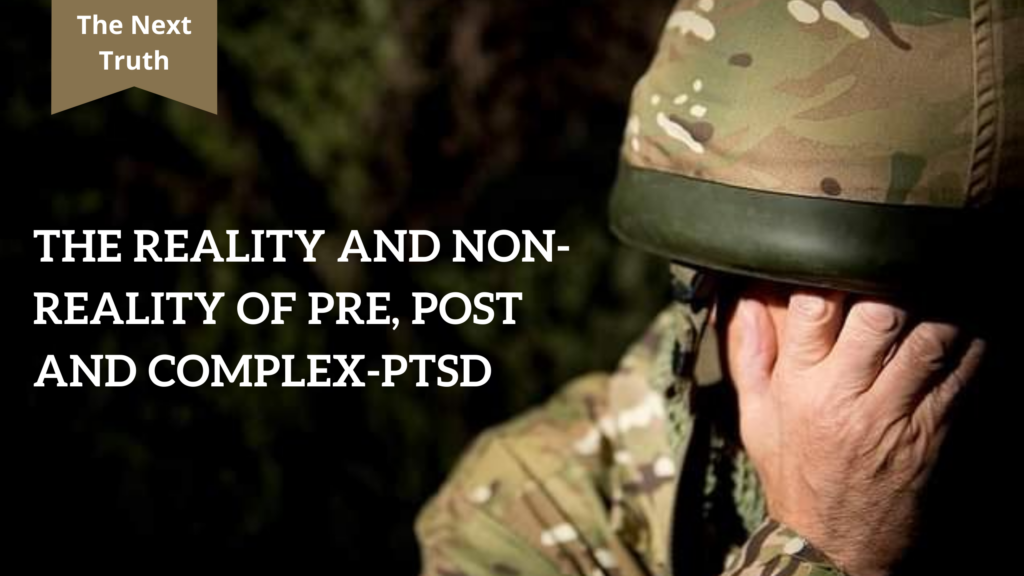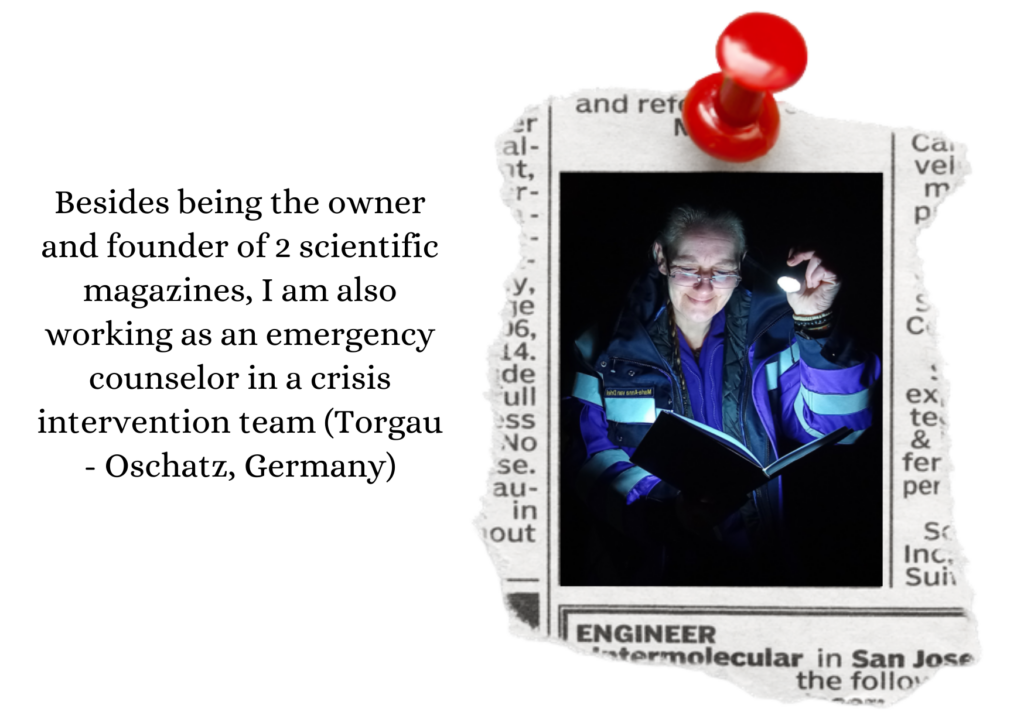The Reality and Non-Reality of Pre, Post and Complex-PTSD
By Maria Anna van Driel
Scenario: You find yourself in a private or business situation in where mental and/or physical abuse is the order of the day for a very, very long time. It took you a while but slowly an awareness is rising with you that this situation is far from being normal and healthy. You try to make sense of everything that has happened in the past years, what is happening in the present and, without you wanting it, you feel this fear rising for future events. How in the heck am I going to survive this? Who can I talk to without sounding insane?! Will they believe me? What will be the reprisals when I speak up? After some time you start to surf the internet seeking answers and, perhaps, the right platform to share your story.
After you have dug deep inside yourself and gathered the courage to contact a therapist in your near with the request for help, you receive an automatic email with the message that is beyond any expectation, deplorable! Your email is categorized as ‘spam’!

Receiving such an email literally happened to me last year after contacting a German website that claims to be there for those who are dealing with the manipulations, lies and delusions of a narcissist on a daily basis. Why did I received this robotic reply? Perhaps my email signature has caused this. Perhaps it is an electronic error and they don’t know that their system is sending out these kind of automatic replies. Perhaps the content of my email was too objective, written too much in a clinical form, what made them think that I am nothing more than an ‘attention seeker’. (with an attention seeker I mean someone who has to take the center stage in each situation. Someone who is demanding that all eyes have to be on him or her. And if not, they put up a dramatic show to bring the attention back to them)
Either way, receiving an email containing the message that your story is not to be found credible is far from what you want to read and, can create an incredibly deep dent in ones self-confidence. These kind of robotic reactions, intended or not, do have the power of creating another psychological blow, a new invisible injury people can add to the ones they already have gathered over time. It show that some, who are practicing in the field of modern psychology, have yet to take the journey through the mind of those who have a strong sense of ‘self’ and are able to use ‘reflective thinking’.
Now, it is very easy to criticize people and only pinpoint in a negative direction saying, “You are doing it wrong!” But let’s be honest, it is often very difficult recognizing the difference between someone who is voicing his/her thoughts and emotions spawn from a real trauma experienced and, the fantasies (perhaps gathered from watching too many movies or, heard from others speaking about their experiences) of someone who is only seeking the attention for the wrong purposes.
What has even a higher level of difficulty is, detecting the moment a master manipulator (e.g. a narcissist) is providing you the right material for you to believe their delusional mind and become their prop. These, and many more, ‘ingredients’ are inside that person but you don’t necessarily see it right up front. These individuals can cover-up their true intentions for quite some time when they engage with people. But, sooner or later, you will find out that those characteristics have been there for the duration. And so you are over there thinking why didn’t I see it?
So, how can we determine the foggy line between what is ‘real’ and what is downright a mirrored behavior? Straightforward, those who are truly dealing with the nasty effects of PTSD and/or CPTSD will speak with you about possibilities while recalling the event(s) and use reflective thinking. Those who are wearing the ‘victim badge’ will speak to you with what they believe are facts while blaming and criticizing others for everything that has gone wrong in their life.
Read the full article on Medium
PTSD: It might Not be the Cause for People to Harm Themselves Psychologically or Physically
By Maria Anna van Driel
Even though one of the most revealing discoveries researchers in Complex PTSD have found is that emotional neglect can be as damaging as domestic violence, our advanced society should equip itself with the necessary knowledge in distinguishing PTSD and CPTSD in order to anticipate to the, still unknown to modern psychology, behaviours the invisible injuries create.
A frequently asked question, “What is the cause of people harming themselves?” From a personal but psychological point of view, I think that PTSD is not causing people to commit suicide but them hiding the emotions and scares caused by the mental abused aka CPTSD (Complex Post Traumatic Stress Disorder).
From a clinical point of view: PTSD stands for Post Traumatic Stress Disorder, a condition officially recognized in 1980 to describe exposure to one or two relatively brief but devastating events. Complex PTSD, recognized in 1994, describes an exposure to something equally devastating but contains a myriad psychic blows occurring for a very long time which simply do not seem to stop. On the latter, this can be emotional neglect, humiliation, (cyber) bullying, physical violence, criticism, among others, what can cause a disrupted attachment with someone.
But when we pour it more in a personal bowl it suddenly becomes more chaotic and sometimes even surrealistic because ones thoughts and emotions do not always seem to communicating with each other in a coherent manner. Not that someone is unable to glue an emotion to a memory, on the contrary. Sometimes it simply feels more like as if ones emotions and thoughts do not correlate with the images from the past. It might even feel as if someone is watching a movie while experiencing the synthetic emotions described by the reviews. This can be highly confusing but can be simply explained as, your brain experiencing a form of ‘cognitive distancing’.
But why does your brain do this?
Read the full article on Medium.
Or, download this article as an interactive PDF via Independent Academia
[Top]


